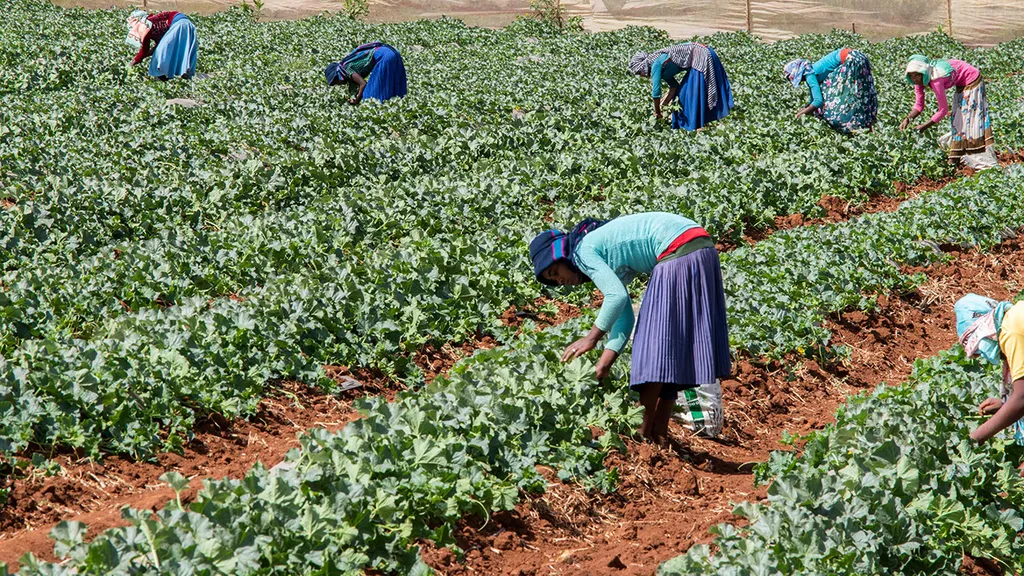In the heart of Ethiopia, a humble legume is revealing secrets that could reshape the future of agriculture and biodiversity conservation. Pisum sativum var. abyssinicum, a variety of the common pea, is the subject of a groundbreaking study led by Gebru Equar Gebremichael from the Department of Biology at Mekelle University. The research, published in the journal ‘Agrosystems, Geosciences & Environment’ (which translates to ‘Sistemas Agroalimentarios, Geociencias y Medio Ambiente’), delves into the genetic diversity and population structure of this crop, offering insights that could revolutionize sustainable farming practices.
Using inter simple sequence repeat (ISSR) markers, Gebremichael and his team analyzed 120 genotypes from five geographically distinct populations in Northern Ethiopia. The results were striking. “We found that 84% of the genetic variation occurs within populations, rather than between them,” Gebremichael explains. This high level of internal diversity suggests that each population is a treasure trove of genetic potential, a finding that could be a game-changer for breeders aiming to develop more resilient and productive crop varieties.
The study also identified four genetically distinct clusters, with the South Tigray population standing out for its exceptional variability. “South Tigray showed the greatest genetic variability,” notes Gebremichael. This diversity is a beacon for conservationists and breeders alike, highlighting the region as a critical hotspot for preserving and utilizing genetic resources.
The implications for the agricultural sector are profound. Understanding the genetic diversity of P. sativum var. abyssinicum can lead to the development of new crop varieties that are better adapted to changing environmental conditions, including climate change. “This research provides essential insights for breeding and conservation,” Gebremichael states. By leveraging the genetic diversity within these populations, farmers could benefit from crops that are more resistant to pests, diseases, and harsh weather conditions, ultimately leading to higher yields and more sustainable agricultural practices.
The study also sheds light on the genetic relationships between different populations. The highest genetic distance was observed between the SET and R populations, indicating significant differentiation, while the lowest distance was between the NW and SET populations, suggesting close genetic similarity. These findings could guide conservation efforts, ensuring that the most genetically diverse populations are prioritized for preservation.
Principal coordinate analysis (PCoA) revealed that the ST population was distributed across all three clusters, reflecting its genetic similarities with other populations. This interconnectedness underscores the importance of maintaining genetic flow between populations to preserve overall biodiversity.
As the world grapples with the challenges of feeding a growing population in the face of climate change, studies like this one are more critical than ever. By unlocking the genetic potential of crops like P. sativum var. abyssinicum, researchers are paving the way for a more sustainable and resilient future. “This study supports the use of ISSR markers to guide genetic improvement and preservation strategies,” Gebremichael concludes. The insights gained from this research could shape the future of agriculture, ensuring that we can meet the demands of tomorrow while preserving the biodiversity of today.

